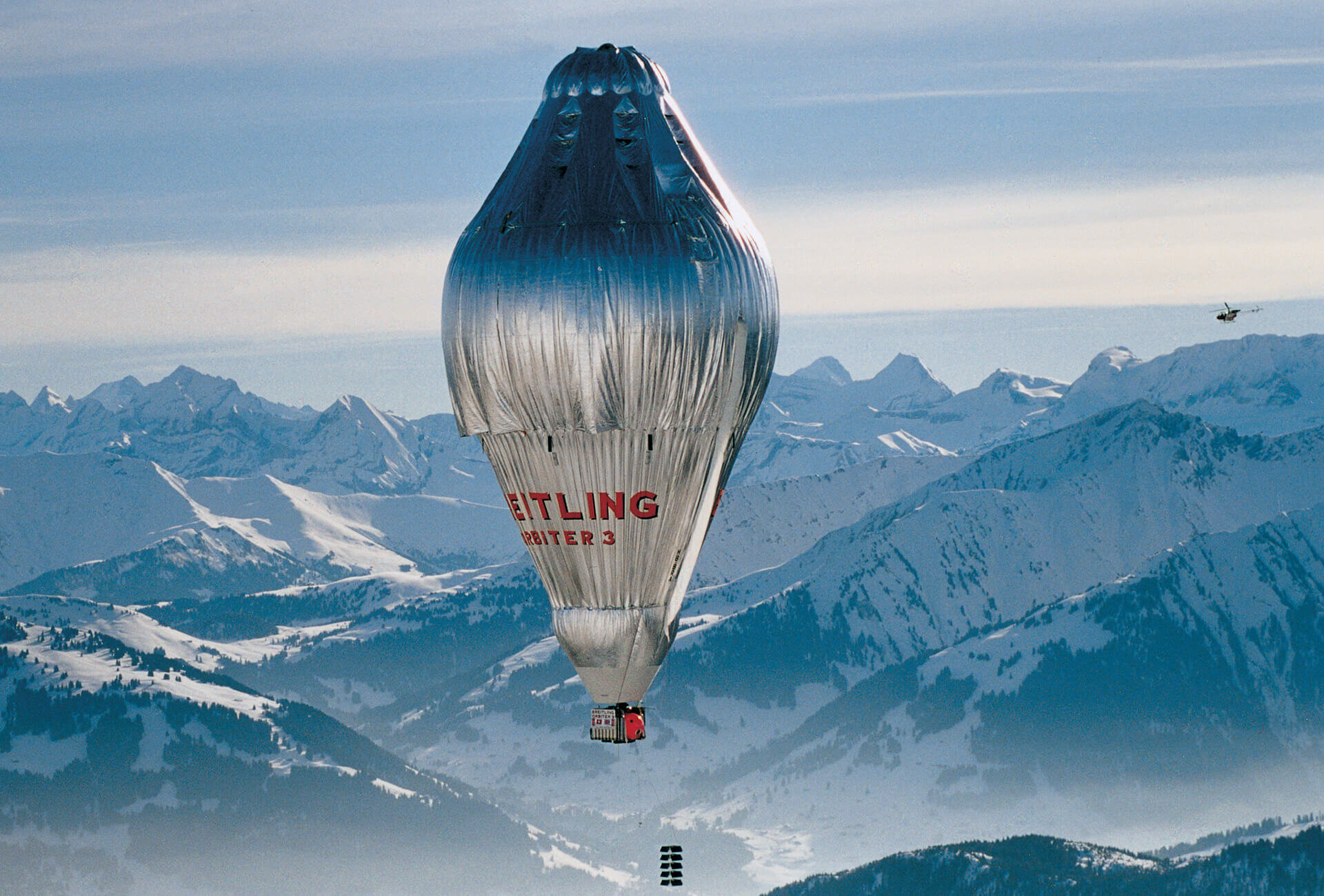Taking Flight: The Future of Personal Transportation
On this month 22 years ago, the first nonstop hot air balloon flight around the world was completed by Bertrand Piccard and Brian Jones. On March 21, 1999, they landed after traveling 25,361 miles around the world on a hot air balloon in 21 days.
This had us thinking about how since then, aerospace technology has advanced in ways that may bring us the pod racers we saw in Star Wars Episode 1: The Phantom Menace (also released in 1999) sooner rather than later. From personal jet packs to flying motorcycles, here are three examples of technology that will take us gliding in the air from point A to B.
1. JetPack Aviation’s JB10 Jetpack
Powered by two specially modified turbojet engines, JetPack Aviation’s JB10 Jetpack weighs 83 pounds and runs on kerosene, JetA fuel, or diesel. Using hand grips, the jetpack pilot can maneuver the air in a forward, backward, or sideways direction. It can hover up to 15,000 ft. above the ground, with a 120 mph top speed.
2. Volocopter’s Air Taxi
Germany-based Volocopter will be launching VoloCity, their first commercial air taxi flights in 2022. The VoloCity electric flying taxi travels a maximum speed of 68 miles per hour, is powered by nine rechargeable batteries, and seats two people comfortably.
3. Ludovic Lazareth’s Flying Motorcycle
Ludovic Lazareth’s “La Moto Volante” flying motorcycle has two wheels that let you ride the streets. The wheels then split up and turn into four turbines, letting you lift off the ground for 10 minutes of continuous flight.
Are there new aerospace tech you’re looking forward to trying that we’re missing in this list? Let us know in the comments below.
DID YOU KNOW?
According to this Task & Purpose article, the Defense Advanced Research Projects Agency (DARPA) requested ideas earlier this month for a “portable personal air mobility system” (aka jetpacks) that could be used for special operations, search and rescue, urban combat, maritime interdiction, and even logistics missions.
